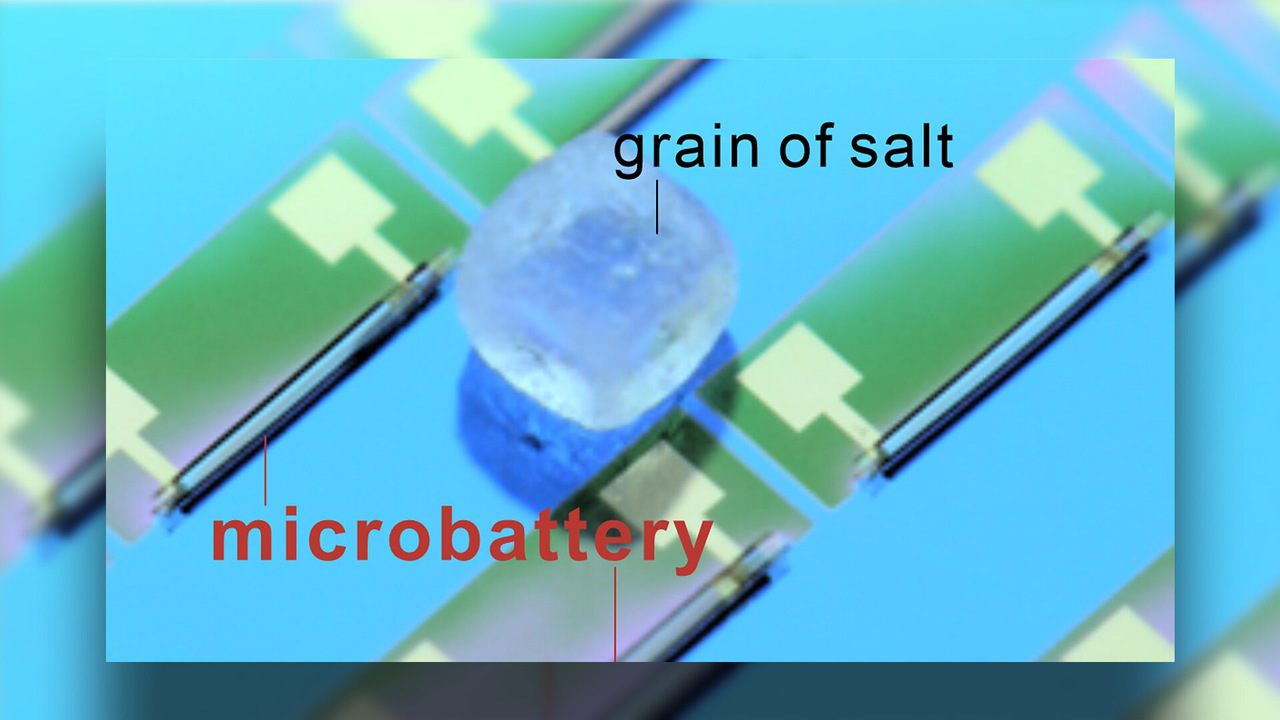
A new discovery by technology and computer experts may finally continue the Smart Dust project — tiny devices the size of a grain of salt. the deed? Nothing less than the development of the smallest battery in the world capable of powering millimeter computer chips.
Smart Dust mishaps
First of all, it is necessary to go back in time to understand all the progress made in the last 50 years. In the 1970s, for example, the first computers took up an entire office room. These devices have been reduced in size over the years until they reach their current form factors.
The development was so great that, nowadays, the creation of electromechanical systems, sensors, robots and even tiny microcomputers is already being discussed. The snag, however, is finding a battery that can match this miniature size, but don’t forget to power the mechanisms.
In this sense, thermoelectric microgenerators have already been considered, but their output powers are low to drive the microchips. Small photovoltaic and vibration cells have also emerged as a solution, but light and vibrations may not be available all the time or everywhere.
In short, the development of a powerful new battery in miniature size was required. The good news is that this seems to have progressed.
“Just” the smallest battery in the world
All thanks to Oliver G. Schmidt, head of the MAIN research center at Chemnitz University of Technology, Minshen Zhu, a member of the MAIN group led by Schmidt, and researchers from the Leibniz Institute for Solid State and Materials Research Dresden (IFW) and Changchun Institute of Applied Chemistry, who developed the smallest battery in the world.
To do this, they created microscale current collectors and electrode strips — a process similar to the one used by Tesla — through the “Swiss-roll” or “micro origami” process. The result? A battery of 100 microwatt hours per square centimeter and with a diameter significantly smaller than one square millimeter.
“Our results show encouraging energy storage performance at the sub-square millimeter scale,” Zhu said. “There is still enormous potential for optimization for this technology and we can expect much stronger microbatteries in the future,” added Schmidt.
So far, the microcomponents developed have been able to power the world’s smallest computer chips for about 10 hours. And everything indicates that the advances made will be of extreme importance for other future technologies, such as the Internet of Things (IoT), microrobotic systems or miniaturized medical implants.
Via: Tech Xplore



